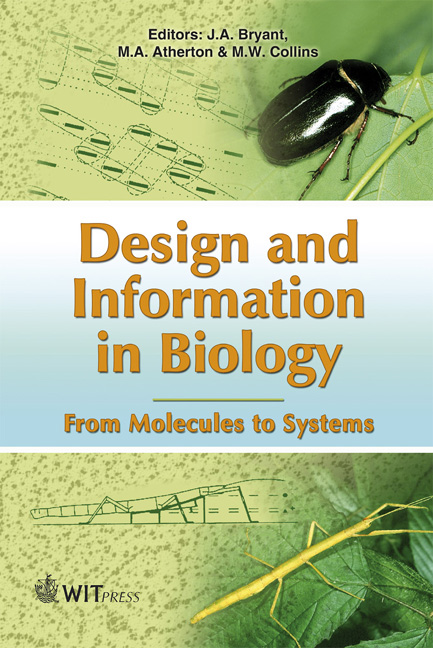Emergent Behaviours In Autonomous Robots
Price
Free (open access)
Volume
27
Pages
16
Published
2007
Size
2,534 kb
Paper DOI
10.2495/978-1-85312-853-0/14
Copyright
WIT Press
Author(s)
B. Hutt, K. Warwick & I. Goodhew
Abstract
Chapter 14 Emergent behaviours in autonomous robots B. Hutt, K. Warwick & I. Goodhew Department of Cybernetics, University of Reading, UK. Abstract It is well known from the field of artificial life that complex and life-like behaviours can be generated by apparently simple systems. Such behaviours are considered as being emergent, as the simple systems that generate the behaviours do not themselves explicitly mention the behaviour generated. Using such an approach it is possible to generate complex life-like behaviours in robots by merely following a simple set of rules. Flocking in birds, herding in cattle and shoaling in fish are all common examples of emergent coordinated group behaviours found in nature. Despite the apparent complexity of these behaviours, it is possible to convincingly synthesise such behaviours in robots using only simple sensors and programming. The evolution of life itself can be considered as an emergent process with intelligence and many other interesting properties emerging through the mechanisms of evolution. Algorithms based on the mechanisms of evolution have been used with great success to evolve robot behaviours that are doubly emergent – where the evolved behaviour is itself an emergent property of the evolutionary process and the implementation of that behaviour is also emergent, as it is the product of simple rule following that does not mention the behaviour. 1 Introduction The natural world is teeming with a vast range of different biological organisms many of them exhibiting extremely complex behaviours. It is well known that apparently complex and life-like behaviours can be generated in artificial systems by surprisingly simple systems – a good example of this is Conway’s game of life [1]. In Conway’s game high-level patterns and structures form from extremely simple low-level rules. The game of life is played out on an infinitely large grid of square cells rather like a chessboard. In this system every cell in the grid is surrounded by eight other cells; with each cell on the grid in one of two states – dead or alive. It is the number of live cells surrounding each cell that determines the next state of the cell. The rules that govern the game of life are as follows – a dead cell with exactly three live neighbours becomes a live cell, a live cell with two or three live neighbours remains alive, in all other cases the cell becomes (or remains) dead. The elaborate patterns that can
Keywords





